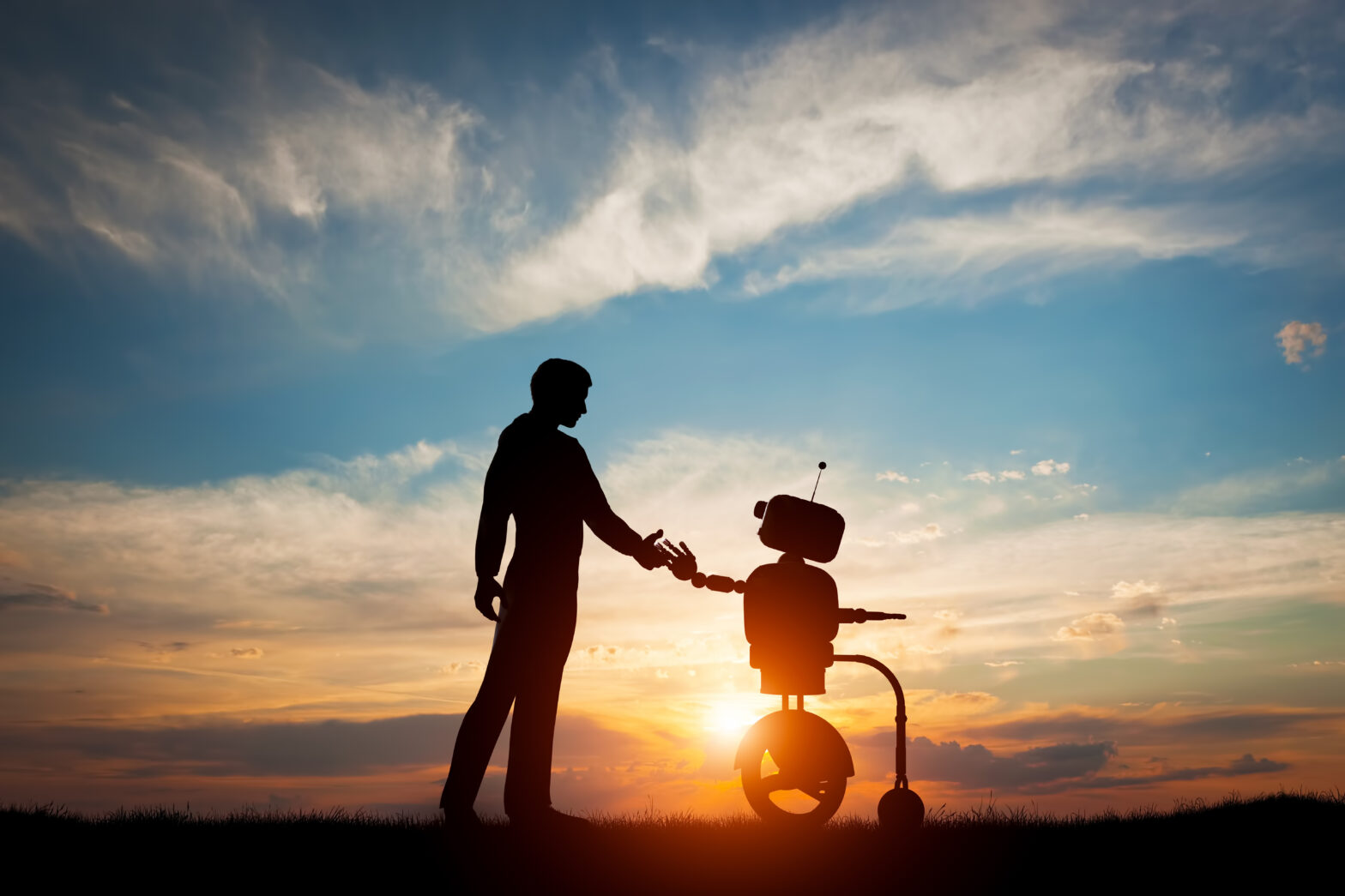Let’s be clear right from the start: At best, AI can amplify the ability of humans, but it won’t replace us.
Much about AI has been hyped, oversold, misunderstood, mislabeled and wrongly feared. There isn’t enough discussion about the technology’s true purpose, which is to serve and amplify human potential.
As Microsoft CEO Satya Nadella articulately described in a recent opinion piece, “The beauty of machines and humans working in tandem gets lost in the discussion about whether AI is a good thing or a bad thing”.
A simple way to understand AI
First, let’s understand what AI is not. It’s not a one-to-one replacement for people. It’s not an all-powerful product capable of the same cognitive thought as humans are. It’s also not interchangeable with AI-related concepts like machine learning or deep learning.
>See also: AI: the possibilities and the threats posed
Instead, AI is the practice of applying technology and autonomous or semi-autonomous machines that take on tasks or jobs that people either don’t want to do, or may be unable to do (think deep sea exploration with robotic submarines).
AI is the science of making machines do those things that would be considered intelligent if they were done by people.
Let’s consider the most relatable AI example: self-driving cars. The technology has existed since the 1980s, when Carnegie Mellon developed a smallish vehicle that could drive itself around the campus at a maximum speed of roughly five miles per hour.
Today’s self-driving vehicles have made massive improvements, but if you look at it closely, they really represent a massive improvement in data capture and computing power.
They can take in more data from different sensors, relate to where they are in a space and drive competently to the programmed destination even learning from mistakes. Every override is captured in context to ensure that the system does not make the same mistake next time.
It’s better to think of AI as a set of techniques — it is the latest technology that is emerging based on our ability to layer knowledge with applied solutions that are used to bring us a new understanding of the world around us.
It does not and cannot replace, or accurately replicate, humans or human thinking. In fact, where AI excels best is when it works in tandem with humans to help us do what we do best: think about and find problems, both large and small, and come up with ways to solve them.
AI, at least in its current state, is best when we apply it to problems we already know are there.
AI to unleash human creativity
AI has the innate potential to transform how people identify and find problems.
For example, AI can present humans with information they may never would have uncovered through identifying patterns and anomalies in environments and production.
>See also: AI-driven unemployment is ‘unavoidable’ and financial institutions are scared
Humans, then, can come up with creative solutions incorporating AI-derived data through methods like design thinking. It’s a bit like our ancestors inventing the wheel. A world-altering invention, to be sure. But the technology itself didn’t take over from there on its own; it was still up to humans to figure out how to use it best, and to figure out that smooth surfaces would make the wheel even more efficient, leading to the creation of roads.
So, AI has a place any time there is an opportunity to replace our work with mechanical, autonomous work done by machines and technology. This is why humans should embrace it.
It amplifies us, improves our productivity, makes us more efficient and in principle with that efficiency we can do more and ultimately it can free us up to be creative.
And this is what encourages and enables design thinking and the mindset of “creative confidence.” It empowers people to look beyond the stated challenge, frame questions in a different way and consider new perspectives in order to uncover hidden or unarticulated problems relevant to a business or a particular problem.
This is a significant change in mindset as most organisations encourage employees to focus narrowly, rather than to innovate through finding and solving obscure, unknown problems. But that’s where human invention excels.
AI may help us along the way by providing context and insights into the problems, but it cannot solve them the way humans do.
>See also: AI: the greatest threat in human history?
As AI becomes more prominent, companies can train their focus on engaging employees to find new efficiencies or search for problems to deliver cost savings or even new products.
When working together, teaching, training and technology can combine to form an innovative culture.
Each person in an organisation — along with its customers and partners — can enhance his or her performance thanks to the collective, evolving knowledge of AI that learns, remembers, and informs.
AI’s power is not in operating independently, but working with us in the discovery, creation, and management of knowledge. Robots won’t replace us.
Sourced by Abdul Razack, SVP and head of platforms, big data and analytics at Infosys







